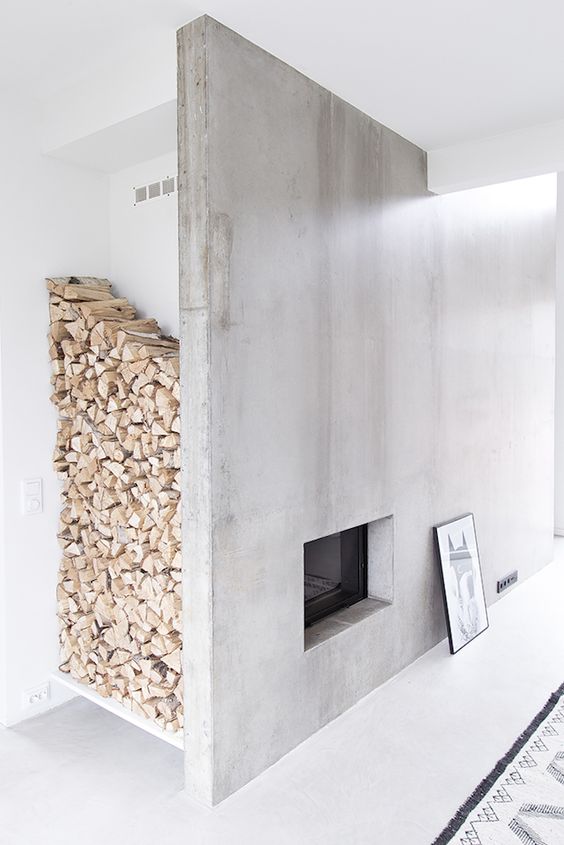
What You Need to Know About Furnace Filters
Space heating, along with cooling, is the top energy spender in most homes. A furnace can be found in 97% of households and must be adequately maintained to conserve energy. This includes your furnace filter. If you’re using a furnace filter that’s 16x25x1 inches or larger than the standard size, regular cleaning or replacement is needed to make sure you’re comfortably warm in the winter at the lowest energy cost possible. This sounds simple enough, but how exactly do you do this?
How Does the Furnace and its Filter Work?
Most furnaces or home heating systems draw air through intake or return ducts and warm it over a heat exchanger, after which the blower drives the heated air through a series of supply ducts throughout your home, providing heat. This cycle of return and supply air goes on until the setting of the thermostat is reached. Within this system, the filter is positioned on the return side of the blower.

The purpose of the filter is to prevent airborne particles like dust, pollen, mold spores, and mites from reaching the blower through the return duct. A furnace filter 16x25x1 inches in size does this by trapping particulate matter from the return air that goes through it.
Over time the filter traps an amount of dirt enough to restrict the flow of air going through it, forcing the blower to work harder. This could lead to various complications like an increase in energy consumption to do the same amount of work, deterioration of the motor, and eventually failure to function. Before you get to this point, it is crucial to replace your filter or wash it, if washable.
How Do You Replace or Clean the Furnace Filter?
The first step is to locate the access panel to your filter. It is between the return duct and the furnace itself. If you’re not sure which the return duct is, it’s usually the smaller in size or has slats behind the grill. Alternatively, you can turn on the heating system and hold a piece of paper or light cloth over the vent. The paper should be pulled towards the vent.
Once you have found the compartment door, open it to access the filter. You should be able to just slide the filter panel out. Take note that the old filter probably has lots of dust and dirt, so prepare a bag to catch it with during replacement.

Check the size of the filter from the equipment manual or search online if you know the furnace model. Otherwise, you can measure the length, width, and height of the panel you removed. Make sure that if you have a furnace filter that’s 16x25x1 inches in size, you replace it with the same-sized filter. If the filter is washable, vacuum it first before washing it, then make sure it is completely dry before installing it again.
Before installing the clean filter, check first for a directional arrow. This indicates the correct orientation of the filter for proper airflow. This arrow should be pointing towards the furnace. Once the clean filter is in, put back the cover or access panel.
How Often Should You Replace the Filter?
The frequency of replacing the filter depends on use. Generally, a furnace filter one to two inches thick should be replaced every three months and a 4-inch thick filter every 12 months. But ultimately, the current condition of your filter should determine whether it is due for replacement or not. Some indications of this are if your furnace is running more frequently than usual or if you notice a burning smell close to the furnace. The best way though is to check the filter regularly to see if it is clogged or not.

Losing the heat in your home when you need it the most can be quite uncomfortable and even pose health risks. It could cause moisture to condense and lead to mold growth, especially in cold weather. It could also disrupt sleeping habits and put those with existing heart conditions at risk. Replacing your furnace filter is a small price to pay to keep down heating costs, prevent mold growth in your house, and protect your family’s health.
